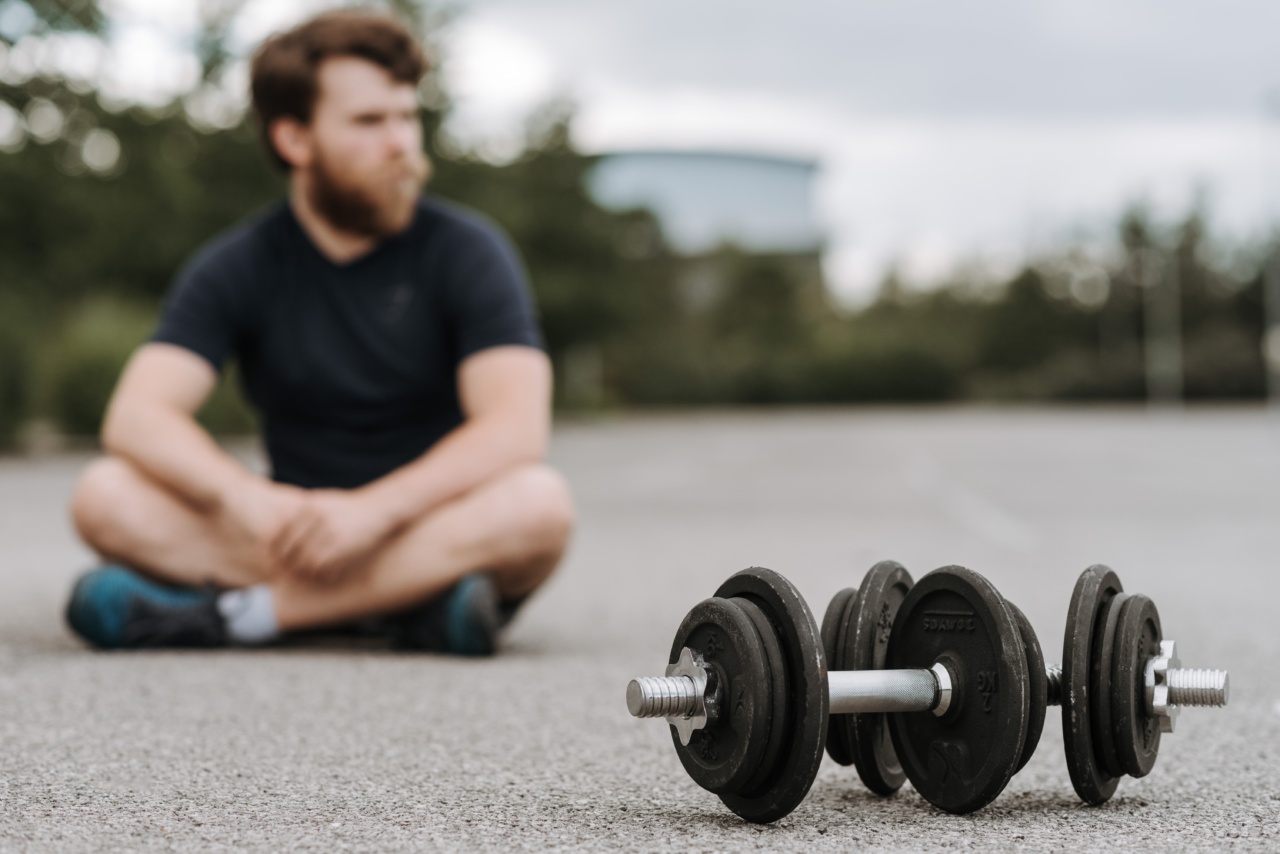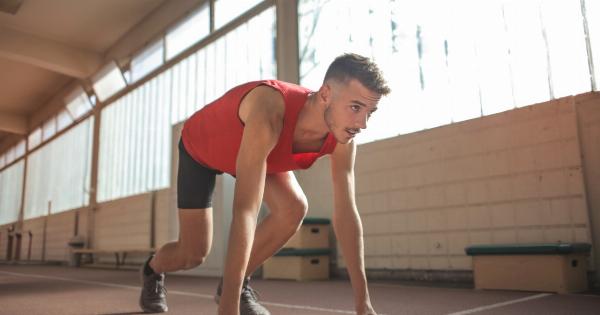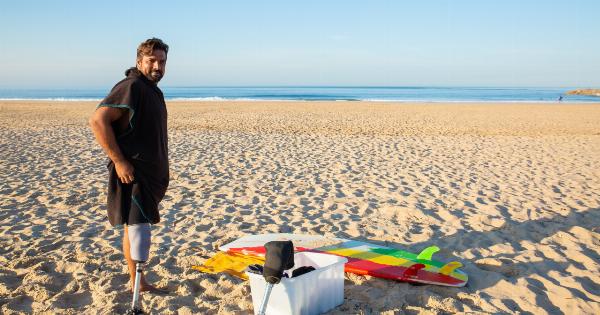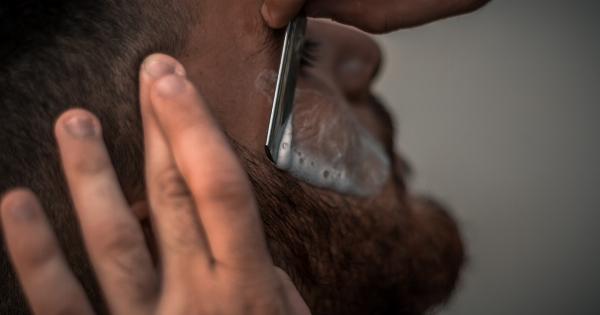Exercising is a great way to keep your body in shape, but it can also leave you feeling sore and tired. Many people wonder when the most intense day after exercising is, as this can help them plan their workouts more effectively.
The truth is that the answer depends on a variety of factors, including the type of workout you did and your fitness level. In this article, we will take a closer look at when the most intense day after exercising is and what you can do to minimize the soreness and discomfort that often accompany it.
Factors That Affect Muscle Soreness and Recovery
Before we dive into when the most intense day after exercising is, it is important to understand the factors that affect muscle soreness and recovery. These include:.
- Type of exercise
- Intensity of exercise
- Duration of exercise
- Age
- Fitness level
- Diet and hydration
- Sleep quality
Each of these factors plays a role in how your body responds to exercise and how quickly it recovers. For example, a high-intensity, long-duration workout will likely leave you feeling more sore and fatigued than a low-intensity, short-duration workout.
Similarly, older individuals and those who are less fit may take longer to recover than younger, more fit individuals.
The Most Intense Day After Exercising
Now that we have a better understanding of the factors that affect muscle soreness and recovery, let’s take a look at when the most intense day after exercising typically is.
Generally speaking, the most intense day of post-exercise soreness is typically the second day after your workout.
This is often referred to as DOMS (Delayed Onset Muscle Soreness) and is caused by microscopic tears in your muscle fibers that occur during exercise. These tears trigger an immune response, leading to inflammation and swelling, which can cause pain and discomfort.
It is important to note that the intensity and duration of DOMS can vary widely depending on the factors we discussed earlier. For some people, the most intense day may occur a day earlier or later than the second day.
How to Minimize Muscle Soreness and Speed Up Recovery
If you want to reduce the intensity of post-workout soreness and speed up your recovery time, there are a few things you can do. These include:.
- Stay hydrated
- Eat a healthy, balanced diet
- Get enough sleep
- Stretch before and after your workout
- Incorporate foam rolling or massage into your recovery routine
- Take rest days to allow your muscles to recover
- Gradually increase the intensity and duration of your workouts
By following these tips, you can help minimize the discomfort of post-workout soreness and speed up your recovery time, allowing you to get back to your workouts more quickly.
When to Seek Medical Attention
While muscle soreness is generally a normal and expected part of exercising, there are times when it may indicate a more serious injury. If you experience any of the following symptoms, it is important to seek medical attention:.
- Sharp or severe pain
- Swelling and/or redness
- Numbness or tingling
- Limited range of motion
- Fever or chills
These symptoms may indicate a strain, sprain, or other injury that requires medical evaluation and treatment.
Conclusion
The most intense day after exercising generally falls on the second day after your workout, but can vary based on a variety of factors.
Taking steps to stay hydrated, eat a healthy diet, get enough sleep, stretch, and rest can help minimize post-workout soreness and speed up your recovery time. If you experience any severe pain, swelling, numbness, or limited range of motion, seek medical attention to rule out a more serious injury.






























